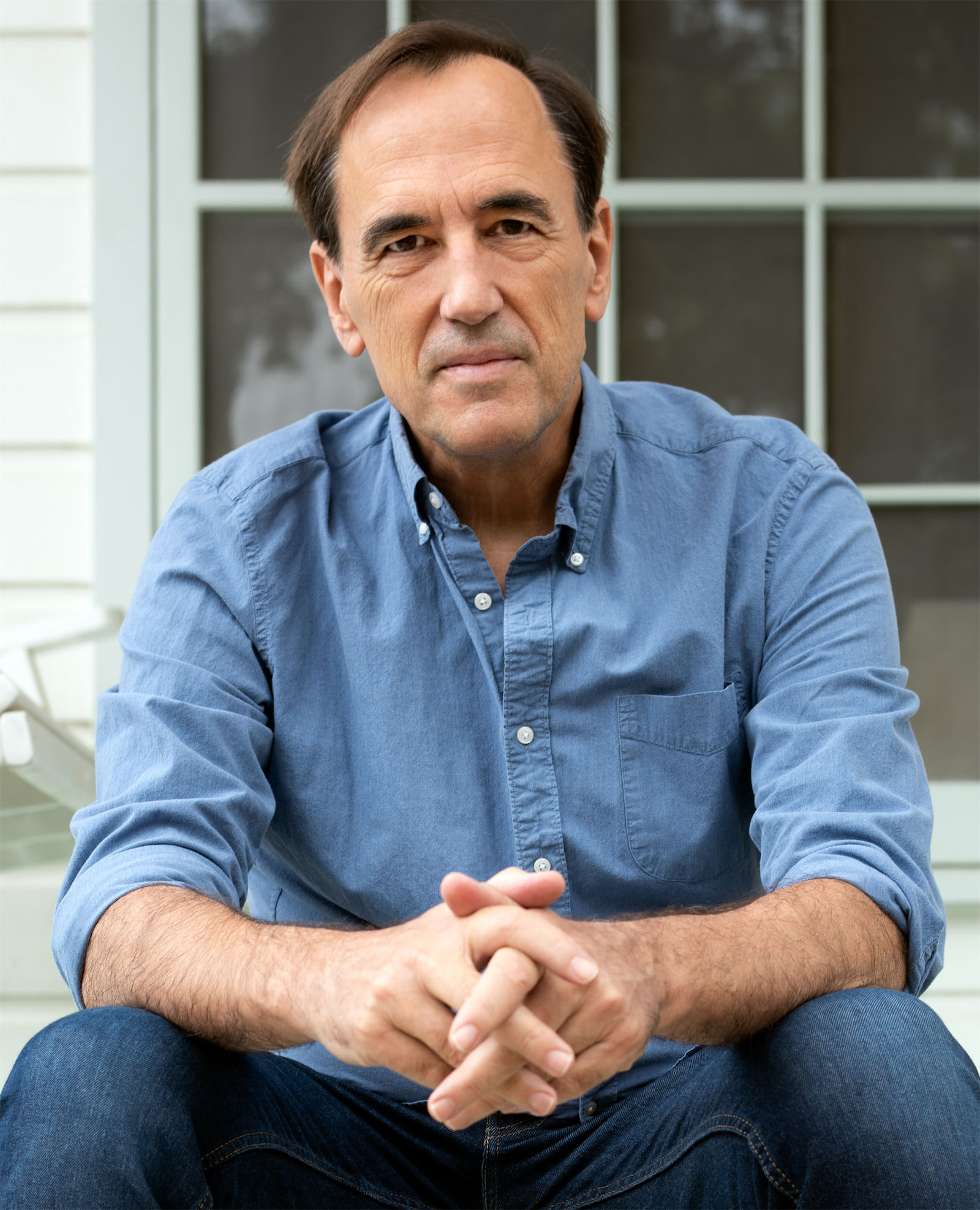
If the Sky Were Orange: Art in the Time of Climate Change
Introduction by Jeff Goodell
Fifteen years ago, while reporting a book about climate change, I was sailing in the North Atlantic on a vessel operated by Woods Hole Oceanographic Institute, one of the top ocean research centers in the country. Late one afternoon, as I watched flying fish get airborne beside the ship, I asked one of the scientists who was aboard what he thought it would take to convince people to pay attention to the risks of a warming planet, which is caused by the accumulation of carbon dioxide in the atmosphere. In the U.S., according to the Department of Energy, 92% of total man-made carbon dioxide emissions comes from the burning of fossil fuels.
“If carbon dioxide stained the air purple, people would care,” he said. “They would see the sky turning color, and they would understand how the world is changing. Instead, carbon dioxide is an invisible gas, and it’s all too easy to imagine that nothing is changing.”
Aaron Morse’s Cloud World #3 feels like it was created to illustrate exactly that point. It captures the shock and drama of an orange sky and invites us to imagine how differently we might see our world if carbon dioxide did stain the sky a different color.
This is a show about making climate change visible—if not by painting the sky orange, then by seeing its impact through the eyes of artists.
This exhibition has two parts. Part One (installed in the Contemporary Project Gallery and the Film & Video Gallery) feature the work of ten artists responding to climate change and our relationship with the natural world. The works are paired with commentary from writers known for their expertise in climate and energy issues. To dive deeper into these topics, you can view more information later on in this digital resource.
In Part Two, I selected works from the Blanton’s permanent collection that, in my view, represent many of the themes and issues connected with climate change. Most of these works were not created with climate change in mind, but they demonstrate that when we talk about climate change, we are really talking about much deeper things, including our relationship with nature, the promise of technology, and how we define progress.
The goal of this show is not to convince you that the sky is turning orange. It’s to inspire you to see that our world is changing fast, and to think about what that means for you, your loved ones, and the future of life on this planet.
About Jeff Goodell

Jeff Goodell’s latest book is the New York Times bestseller The Heat Will Kill You First: Life and Death on a Scorched Planet. He is the author of six previous books, including The Water Will Come: Rising Seas, Sinking Cities, and the Remaking of the Civilized World, which was a New York Times Critics Top Book of 2017. He has covered climate change for more than two decades at Rolling Stone and discussed climate and energy issues on NPR, MSNBC, CNN, CNBC, ABC, NBC, Fox News, and The Oprah Winfrey Show. He is a 2020 Guggenheim Fellow.
Photo: Matt Valentine
Feature Image Credit: Aaron Morse, Cloud World (#3), 2014, acrylic on canvas, 89 x 118 in., Blanton Museum of Art, The University of Texas at Austin, Gift of Portia Hein and Philip Martin, 2015.34, © Aaron Morse

